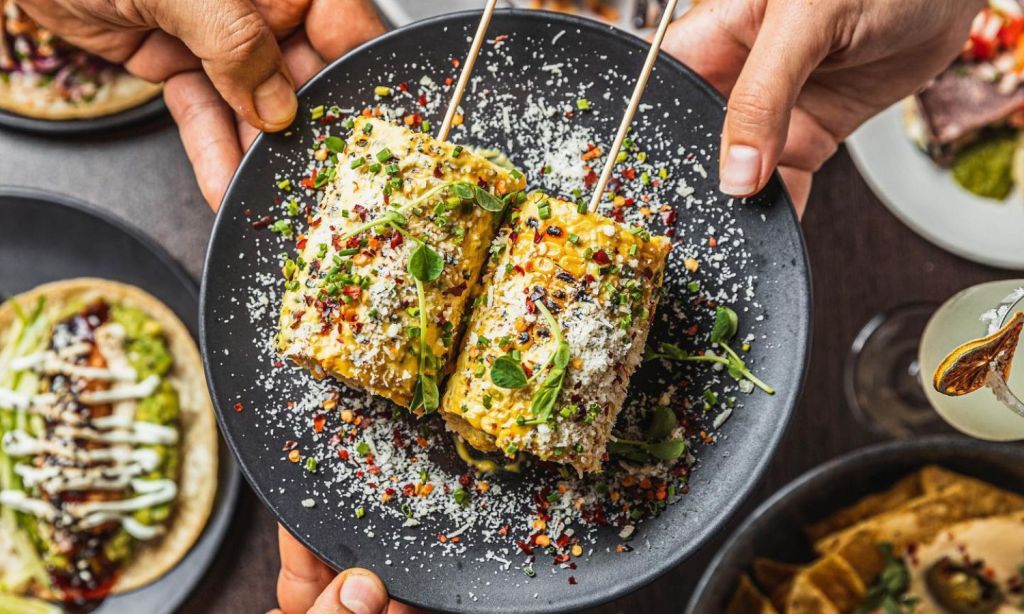Last month, my fiancè and I sat down to evaluate our ever-growing list of subscriptions in an effort to lower our monthly spending — a task that I now encourage everyone to do at least once, if not twice, per year. During this audit, we uncovered subscriptions we were unaware of, quietly siphoning $5 each month from our accounts. The pressing question was — did we truly need six streaming services?
Sure, we downloaded Binge to keep up with the White Lotus discourse that rippled around the globe, and then The Last of Us kept us in the Binge trance, paying $10 for the standard subscription. We caught a whiff of the open sea drama on Below Deck and decided it was worth forking out $7 per month for the Hayu drama, but then we had to get the Amazon Prime deal, which got us both services for $17 per month. They’re all integral components of our entertainment landscape, but the imperative nature of these subscriptions seems to have diminished over time. Let’s call it streaming fatigue.
The gradual increase in costs over the years, mirroring the expansion of content and features, resulted in a monthly drain of $54 just for TV streaming services. We haven’t even gotten to the magazine and music subscriptions yet.
When did subscriptions start dominating our lives? Where did our self-control go? I feel like Ross Geller attempting to cancel a gym membership, only to be lured into a fresh deal by an attractive new TV show or movie everyone talks about. Maybe we’re held hostage by streaming services, bound by the fear of being left out of cultural conversations. It seems like what we’re really paying for is the cultural currency embedded in the latest shows and tunes. No one wants to sit at the table, blankly staring, while others talk about the latest Roy drama on Succession.
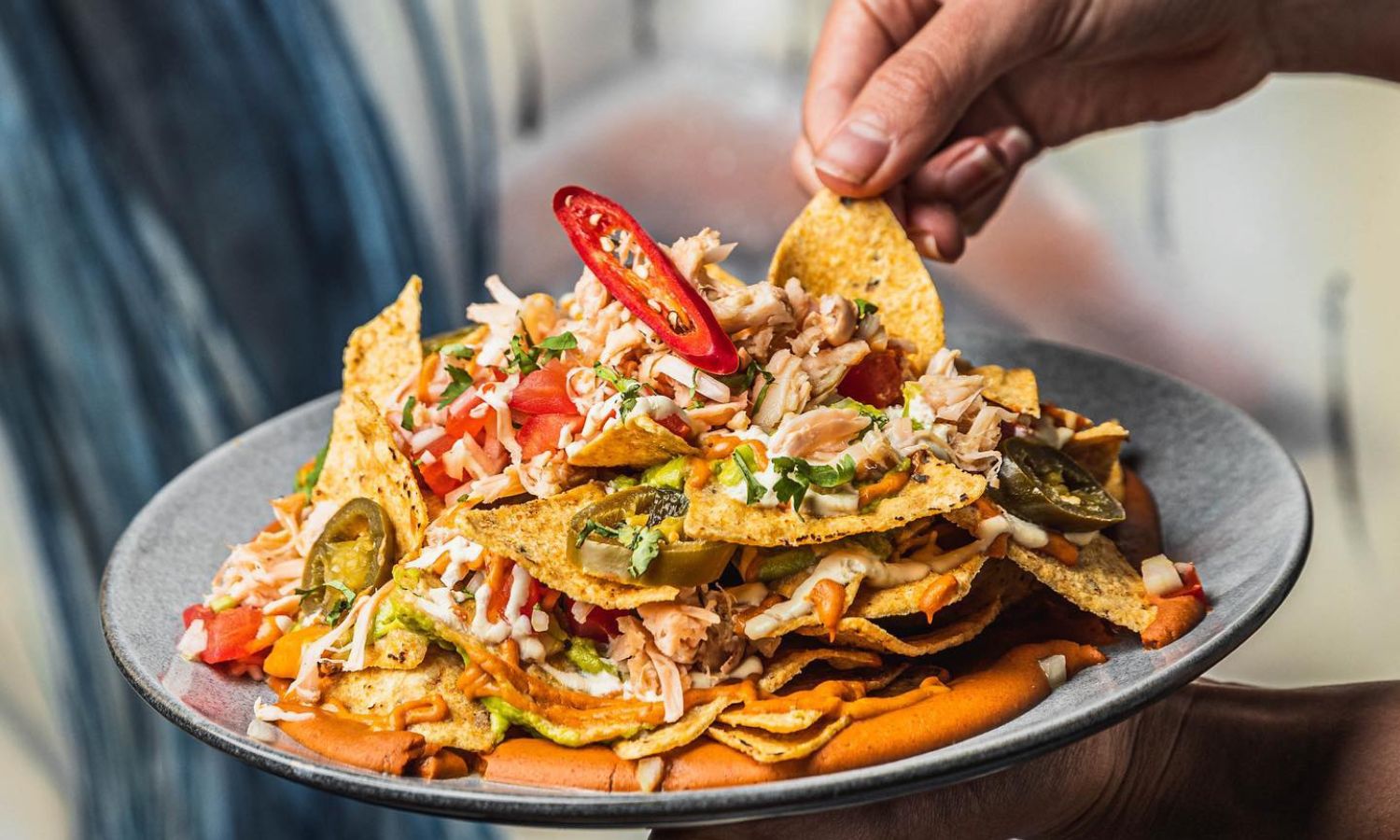
I’ll admit the journey through our sea of subscription choices has been a transformative one. A proverbial weight has been lifted off our accounts. Or so I thought. It looks like restaurants now want us to subscribe.
Calle Rey, a plant-based Mexican-Peruvian restaurant in Newtown, Sydney, has just launched Australia’s first subscription experience. According to Madison Cohen, co-founder of Calle Rey, Share Plant Based, and Diablo Pisco Bar, the decision to introduce a subscription model was a strategic response to the rising cost of living and inflation. “We wanted to provide the best value possible while also having a good customer experience,” she said.
The concept of restaurant subscriptions found its roots in the U.S., pioneered by the fast-food cafe chain Panera, which introduced the inaugural subscription of its kind. Soon after, major companies such as P.F Changs and Sweetgreen (a salad chain) quickly embraced the trend, launching their unique subscription models catering to loyal customers. These subscriptions vary in perks, ranging from unlimited drinks or complimentary delivery for a monthly fee to personalised touches like having your favourite appetiser waiting for you with each visit.
We had yet to see this in Australia. However, over the past few years, meal kit delivery services like Hello Fresh, Marley Spoon, and Dinnerly have gained popularity. These services deliver groceries along with easy-to-follow recipes, catering to time-poor individuals. The subscription model typically involves a weekly fee based on the desired number of meals. For instance, with Marley Spoon, you can receive four meals per week for two people at a cost of $106.41.
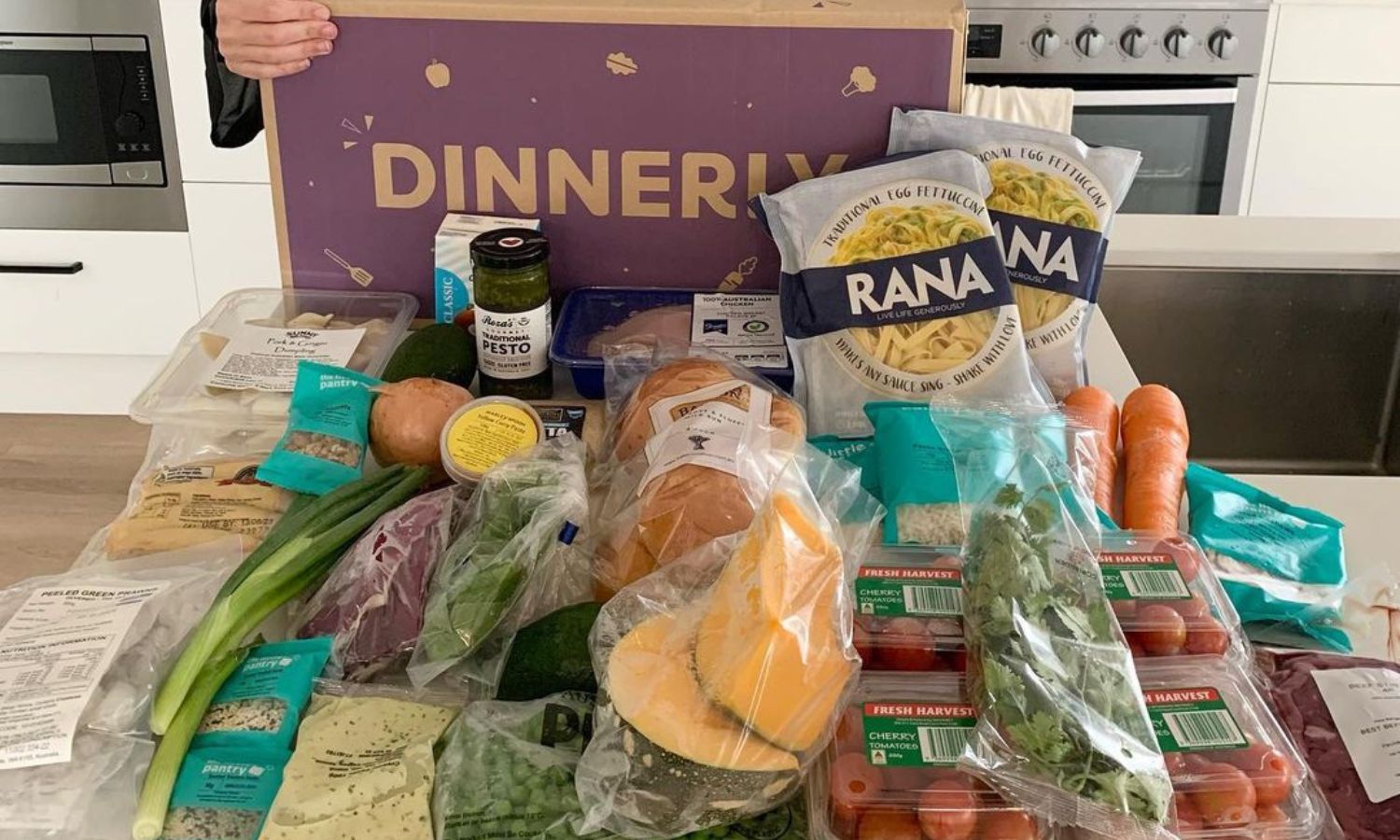
According to new research by Roy Morgan, more than 7 million Australians aged over 14 now use a meal delivery service in an average of three months. This is significantly higher than the 3.6 million recorded in early 2020.
Hannah Heather is a weekly meal-kit subscriber. She shares that her husband, though skilled in many areas, struggles with cooking. Subscribing to Dinnerly has allowed them to distribute the responsibility of mid-week cooking more evenly, especially as they both manage demanding jobs and care for young children.
“It has also surprised me in terms of the mental load of the week. I don’t have to meal prep for seven nights of the week, and after a busy day, I don’t have to duck to the shops because everything I need for a healthy dinner is in the fridge,” she said.
However, Heather admits, they’ve cut back on subscriptions that are “leisure or nice to haves,” including TV streaming services. “Instead, we’d rather spend our money on subscriptions that make a real, tangible impact on our well-being and mental load. I also find I’m spending less at the supermarket as a result, which is a win in the cost of living crisis.”
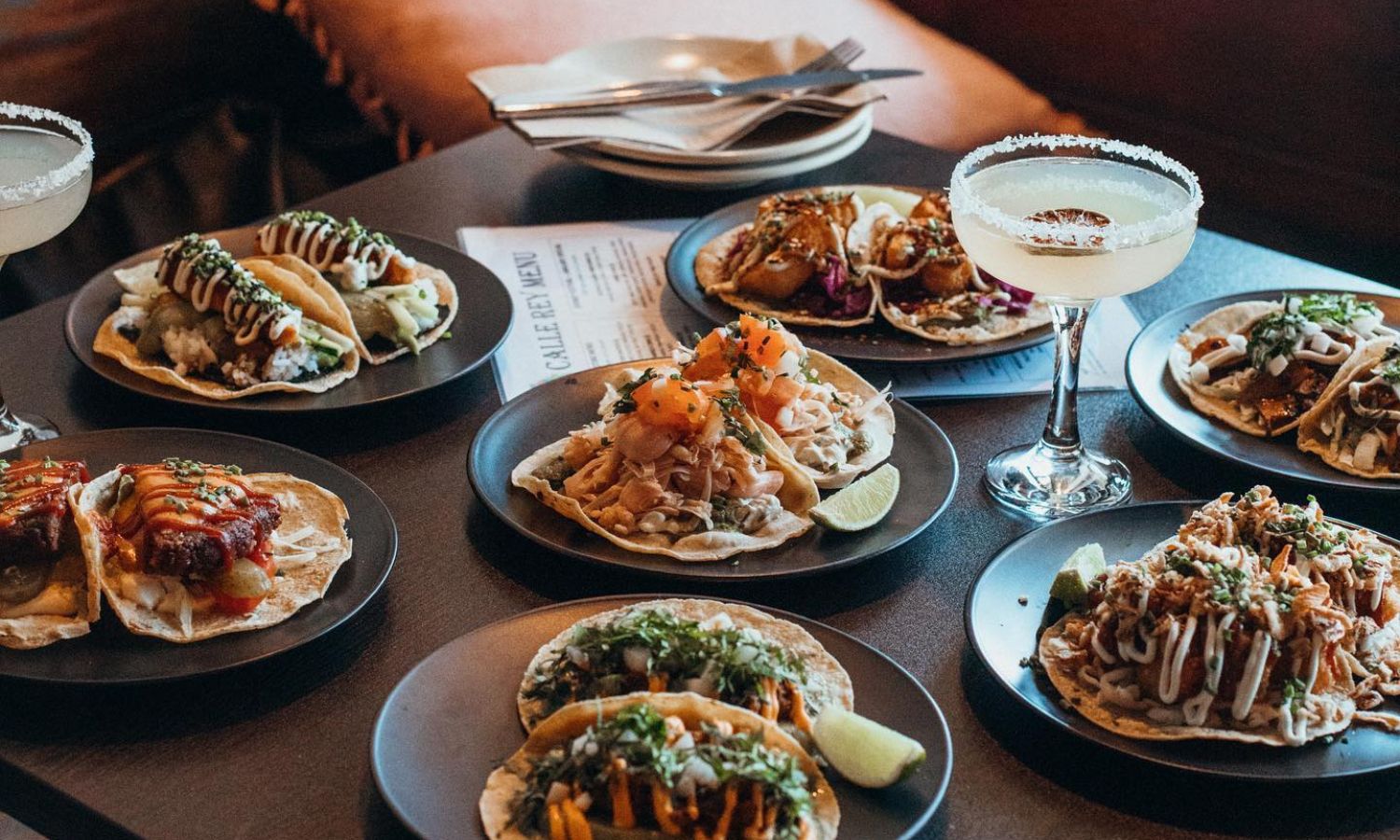
Heather has no reservations about signing up for a restaurant subscription. “If the subscription allowed us to try new experiences or discounts on meals, then yes, we’d definitely consider it,” Heather said. “But not for meals-at-home style subscriptions. I’d much rather experience the joy of eating out than at home and have to clean up after.”
The subscription model Calle Rey has launched reflects a growing trend in various industries as consumers increasingly seek curated experiences. In this case, Calle Rey is not merely offering a meal but “inviting members into a community of food enthusiasts”, said Cohen.
How does it work? The Calle Rey subscription costs $50 per month (or $42 if you sign up between now and December) and gives the subscriber access to two all-you-can-eat experiences each month and plenty more “exclusive tastings, deals, and VIP events to come,” she explains. The only condition is that one of the bookings must be made on a weekday. Members can even bring family and friends along for the ride for just a one-off $50 food charge.
“Our goal is to offer our customers new experiences on every occasion. We’re not limiting ourselves to Mexican and Peruvian menus; instead, we’re exploring global cuisines while maintaining our distinctive plant-based ethos,” Cohen stated.
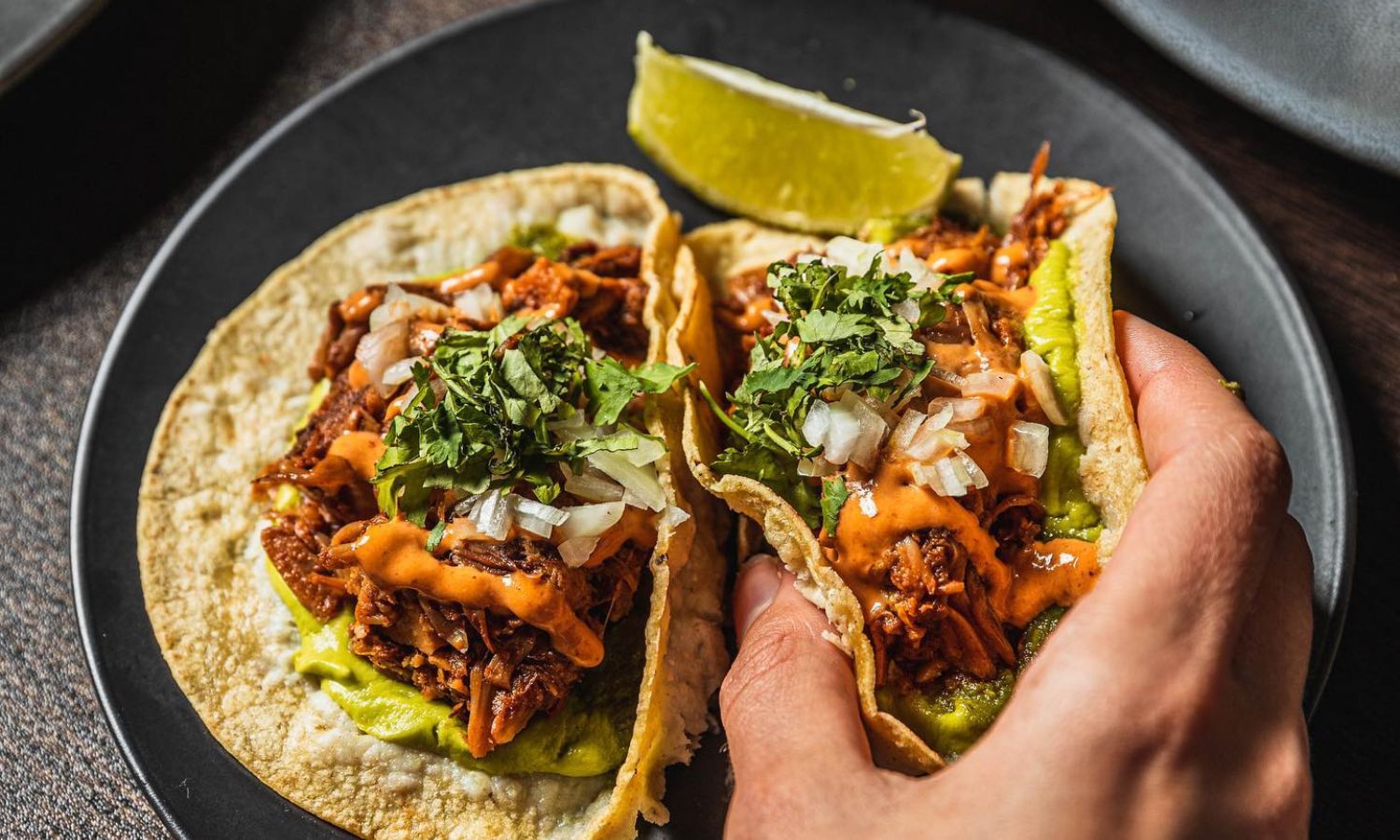
One key aspect of the subscription is its flexibility. Subscribers can pause their membership once a month, allowing adjustments to accommodate travel or other commitments. The team at Calle Rey understands the importance of providing a service that aligns with their customers’ dynamic lifestyles.
While subscription-based services are prevalent in areas like music and TV, Calle Rey’s foray into the restaurant subscription space appears to be a pioneering move. The team hopes to inspire other establishments to explore similar models, “injecting creativity into their menus and creating a sustainable approach to dining,” stated Cohen.
“Our end goal is to get to a point where we only have members.”
Perhaps that’s the secret sauce for the success of restaurant and food subscriptions — building a sense of community. Just as we exchange recipes, tips, and experiences with fellow members on online platforms or social media, why wouldn’t the same principle work in the dining room?
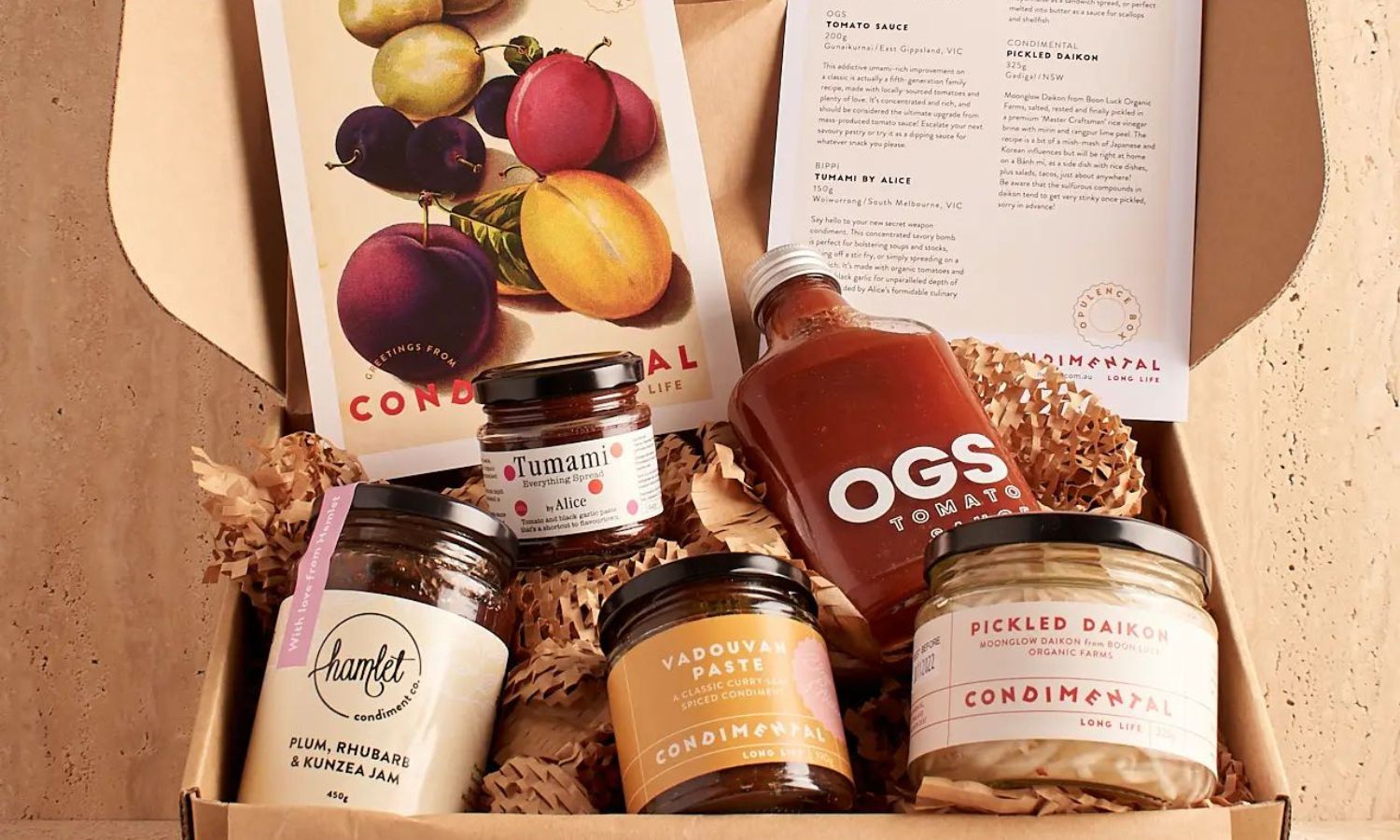
Cameron Stephens, the founder of Condimental, has carved a unique niche by bridging the gap between restaurant-quality flavours and the convenience of jarred condiments. Condimental collaborates with smaller batch businesses and local artisans, both in-person and online, to curate a diverse selection of condiments, or as he calls it, “a first-aid kit for boring food.”
Stephen’s goal was not only to spotlight traditional, grandma’s kitchen-style preserves but also to showcase the innovative twists that emerging culinary talents bring to the table.
“The subscription model initially featured a five-pack of condiments curated by me,” he explained. However, over the years, Stephens acknowledges that Condimental has transformed into a marketplace where customers can customise their own boxes based on specific preferences. Despite this shift, the subscription model remains a cornerstone for the business.
“I think they really love it,” he enthused. “People are more than happy to relinquish decision-making control and trust us to select those items for them.”
Condimental’s seasonal subscription costs $69.95 every three months, whereby you get five mixed (full size) condiments, delivered quarterly until the end of time or until you say stop, said Stephens. Inside each box is a collectible postcard with information and recipe suggestions for each product.
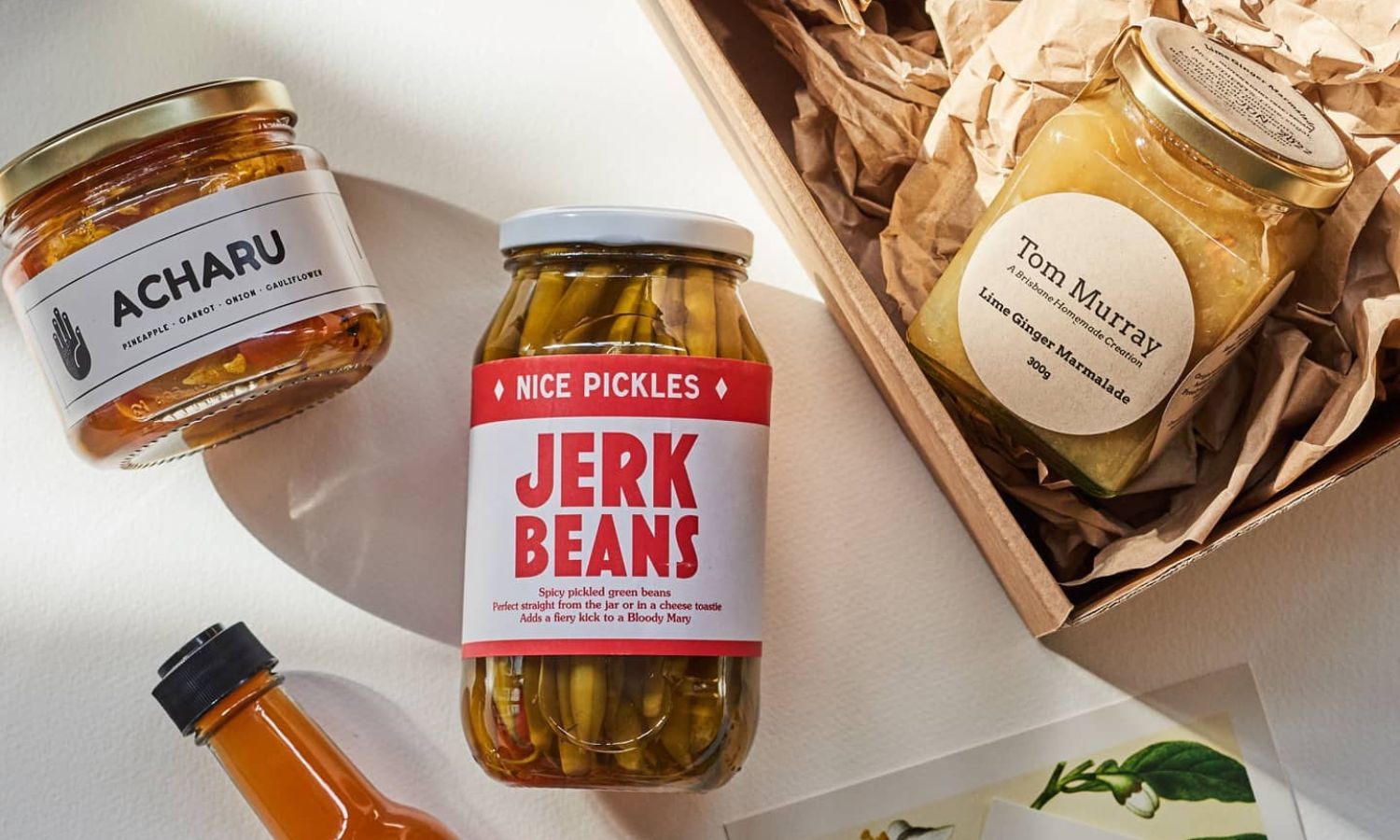
As the subscription-based business model gains traction across lifestyle sectors, including restaurants, Stephens believes in its effectiveness in fostering a community.
“When you’re part of a subscription, it feels like being in a club, sharing an experience with others,” he stated. ” It’s like dining at a restaurant with a set menu — you and others are getting the same curated experience. This shared journey removes some responsibility; whether good or bad, it feels like it was all out of your hands.”
Ultimately, our aversion towards subscriptions might be aimed more at streaming services. We’re readily willing to embrace food subscriptions, whether it’s for healthy meals or a bi-monthly all-you-can-eat experience. After all, the potential savings are almost too good to pass up, as long as you make the most of it — it’s like a gym membership, valuable if used, but a financial drain if neglected.
Subscriptions are a means to curate the aspects of life that bring us joy, so why wouldn’t that include restaurants and, more widely, food? Or is this just another drain we subconsciously push money through because it sounded like a good idea at one time or another?
Related: Meta’s New Facebook and Instagram Subscriptions Aren’t About Making Money
Related: Fancy at-Home Dining Delivery Service Providoor Has Re-Entered the Chat
Read more stories from The Latch and subscribe to our email newsletter.


